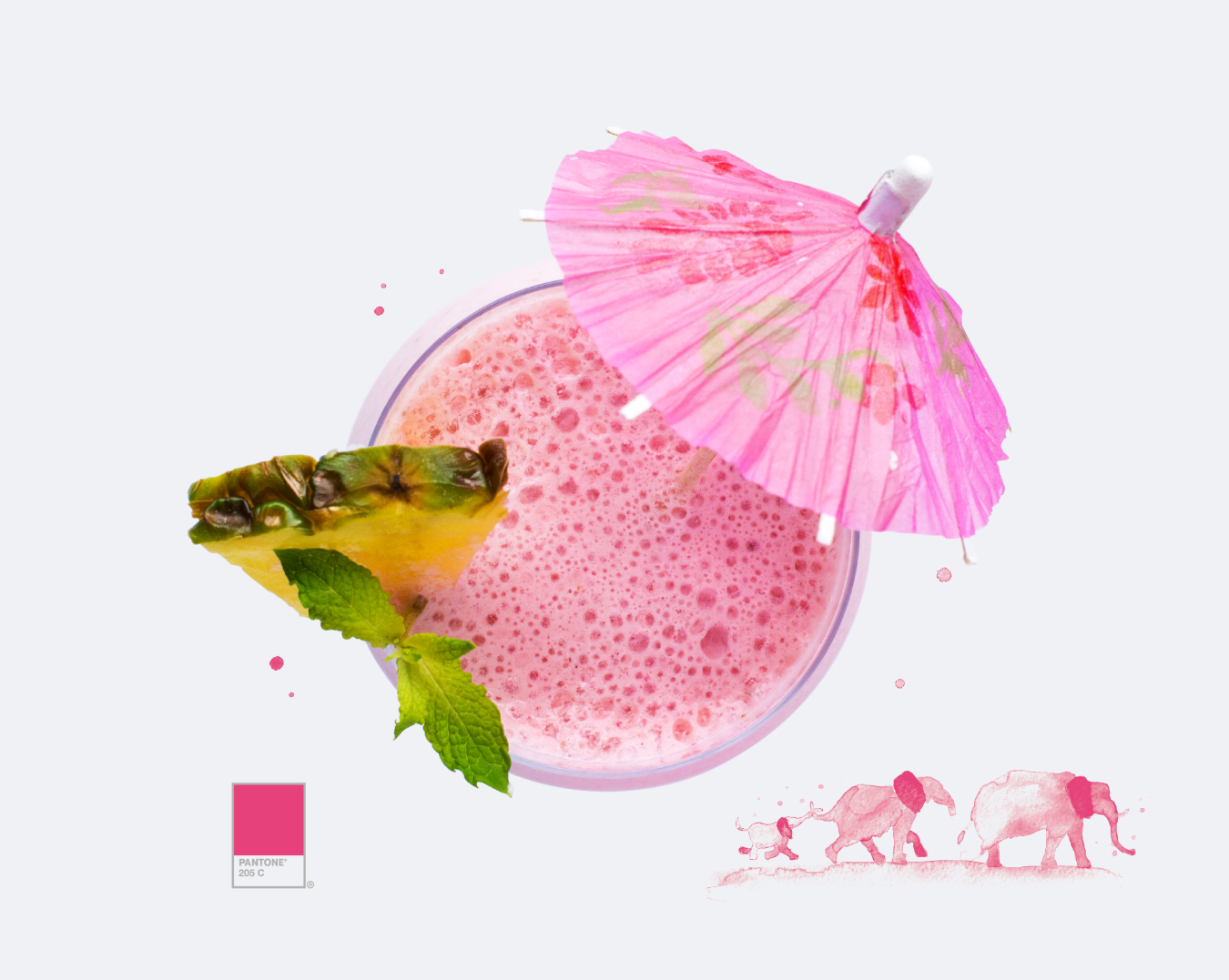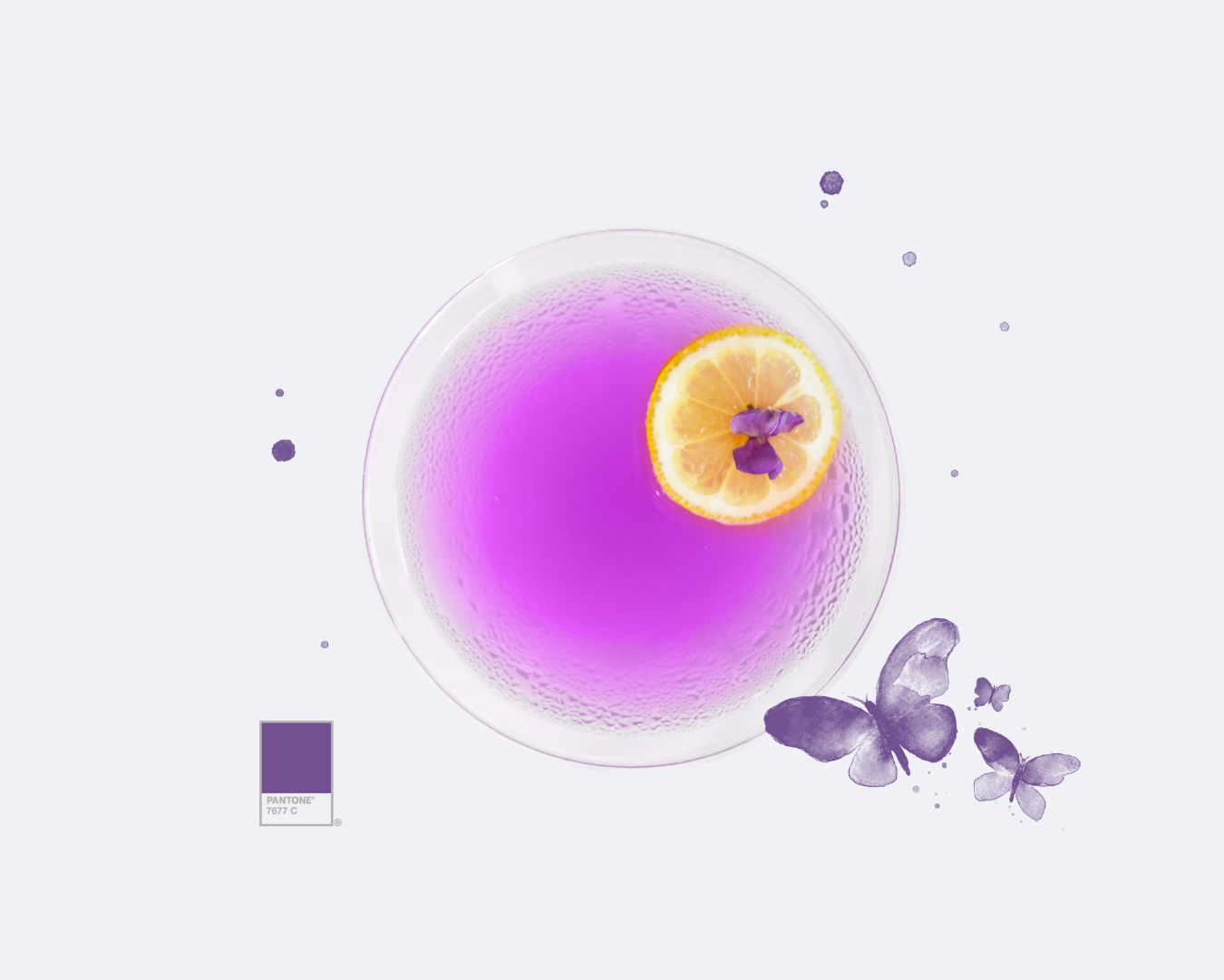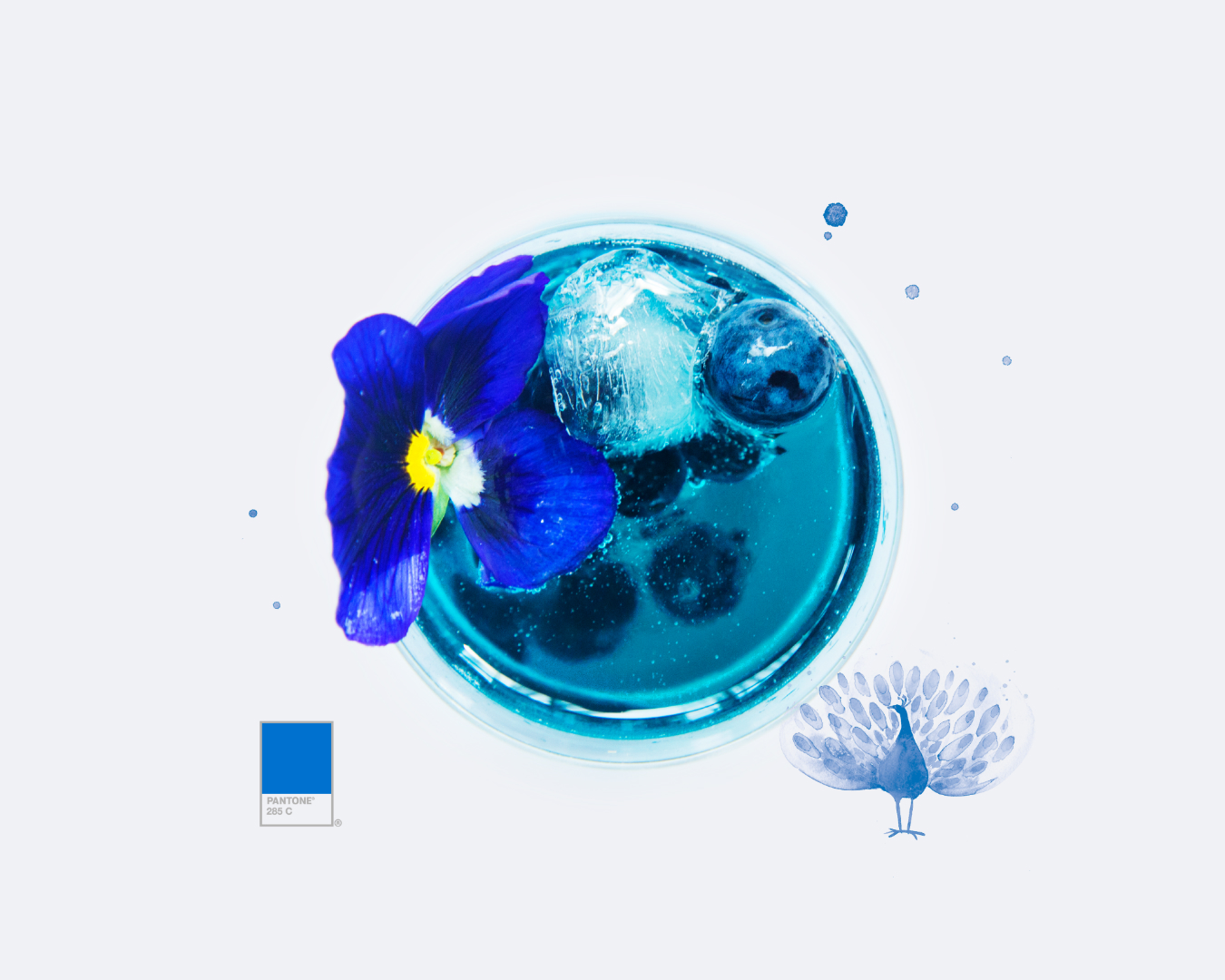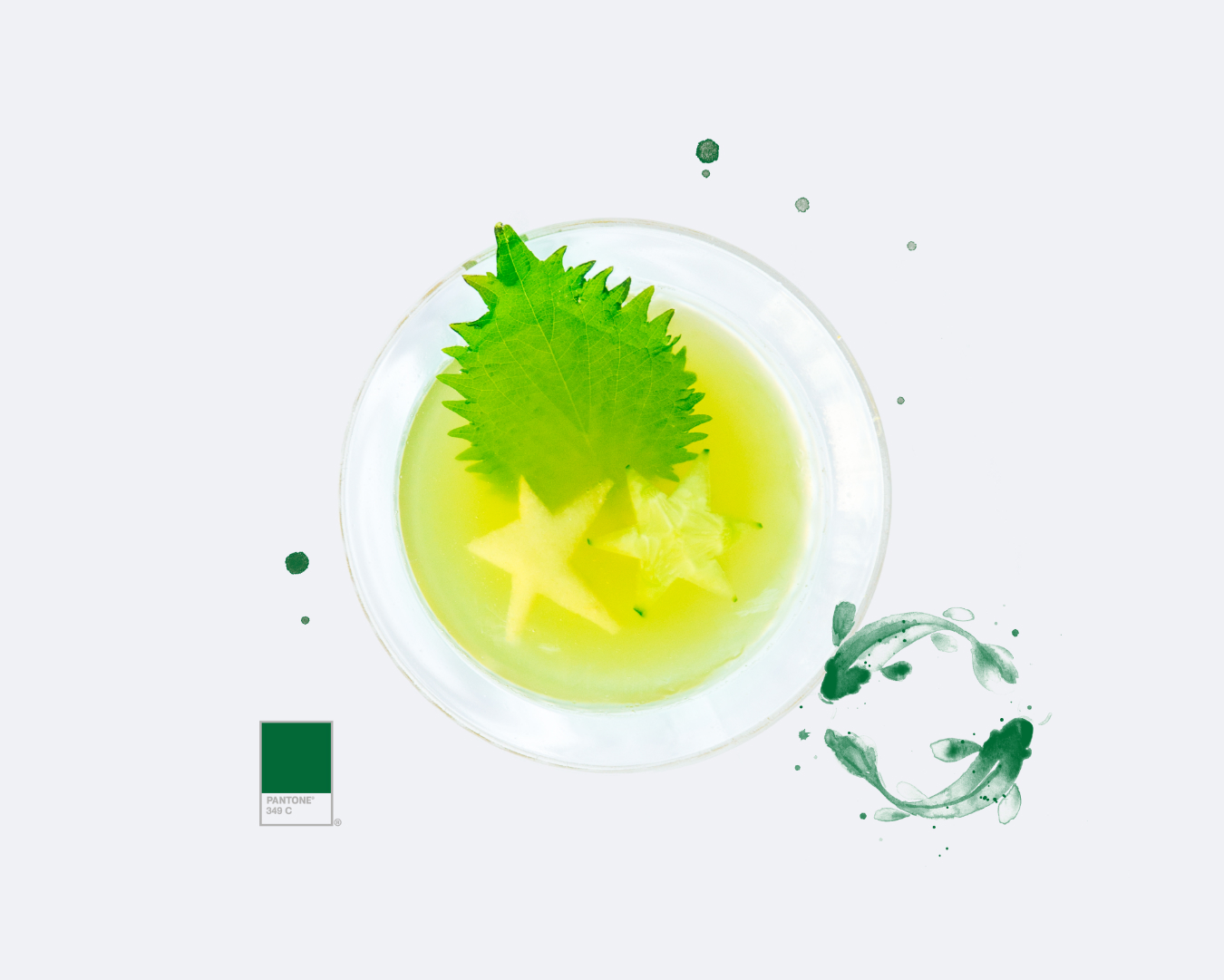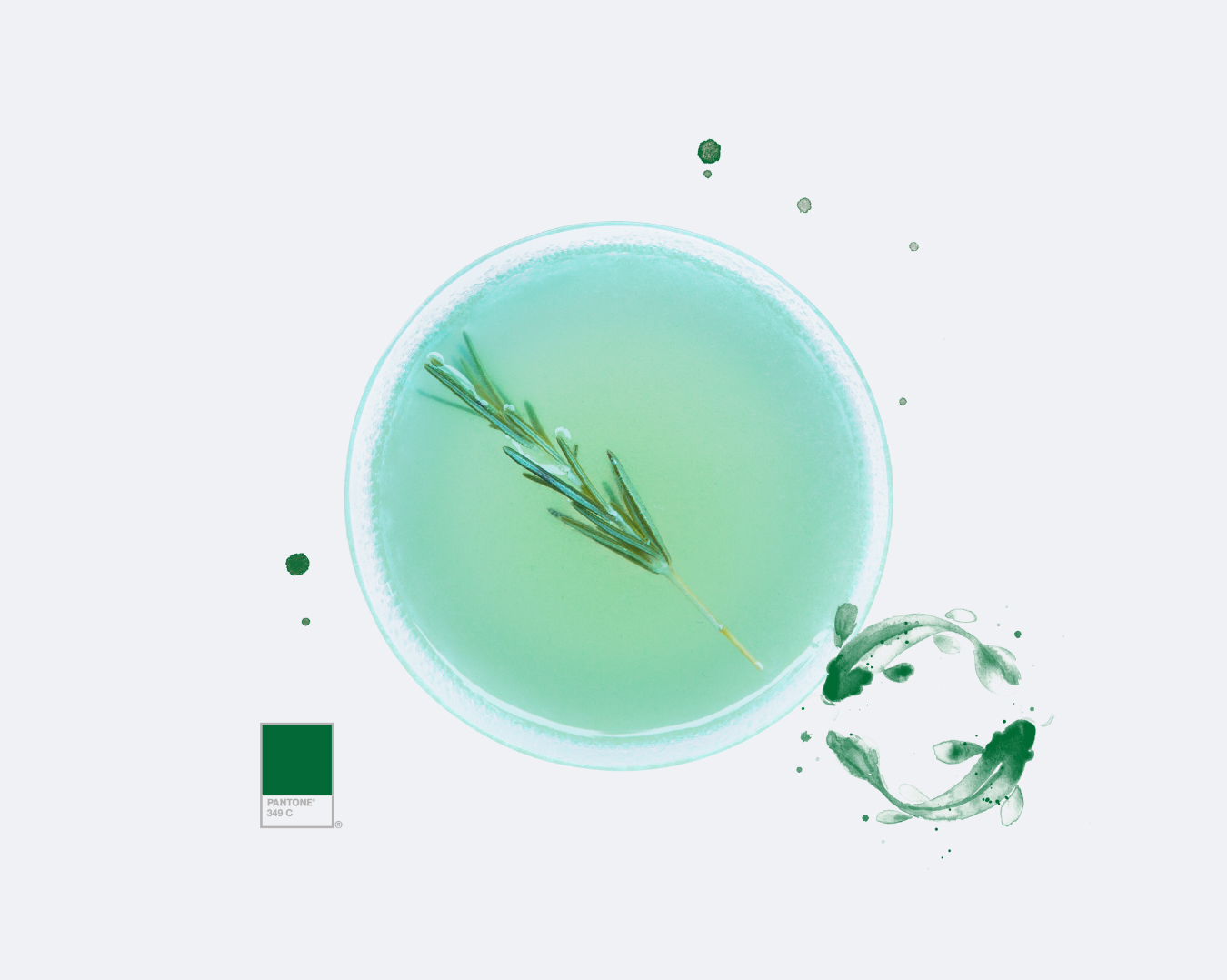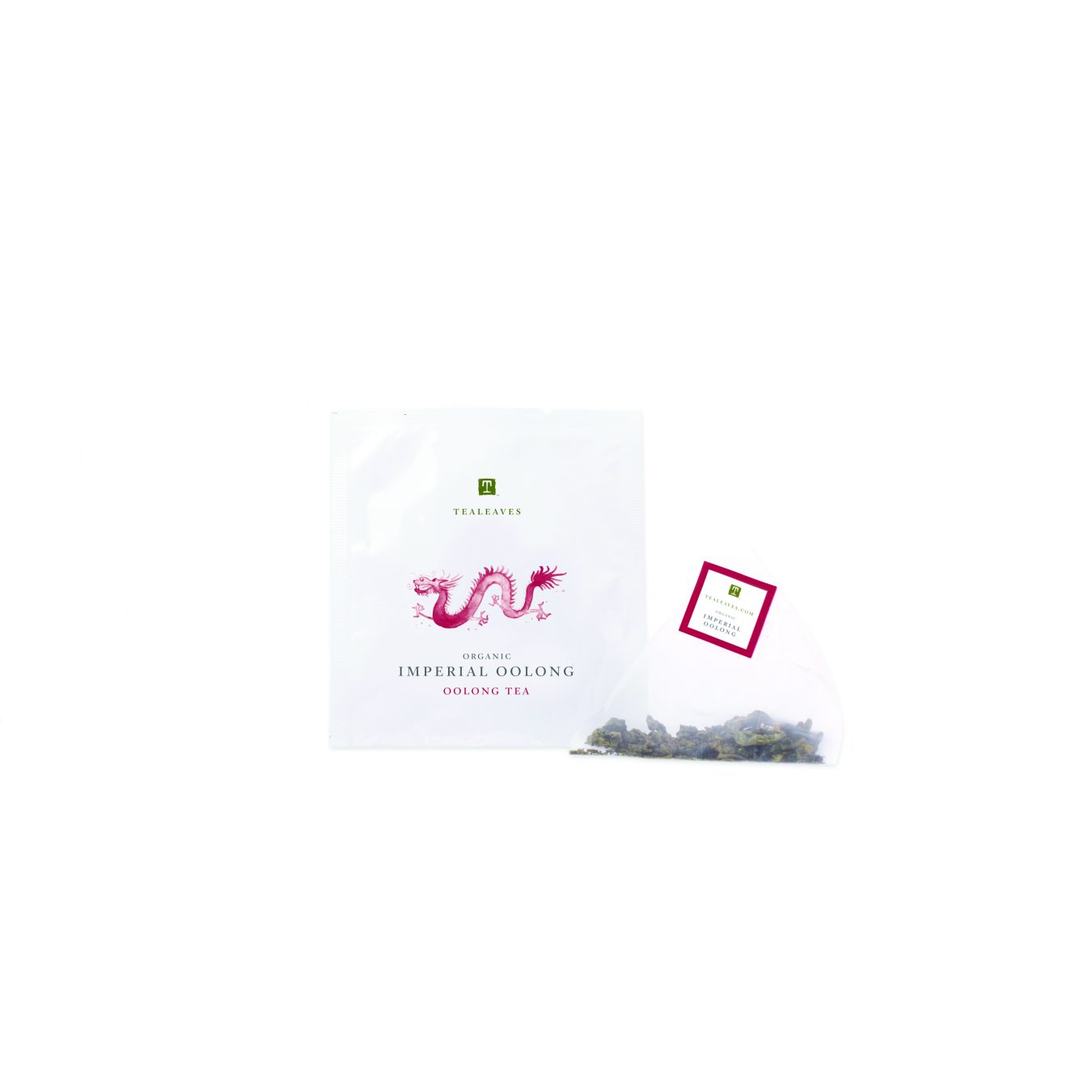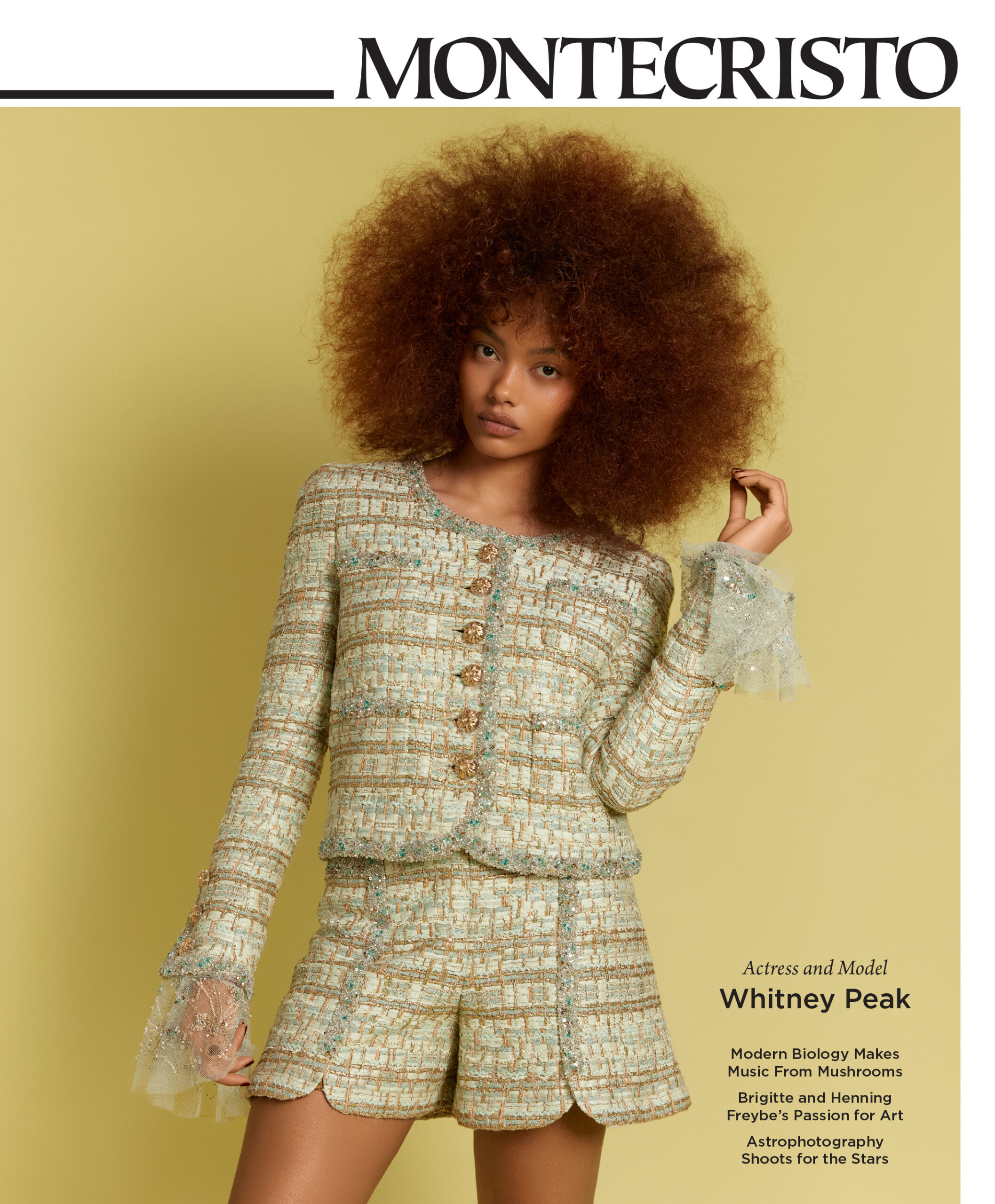Lana Sutherland spent hours agonizing over three little buzzing bees.
Actually, the bees don’t really buzz at all. Or even move, for that matter. They sit cheerfully, albeit stagnantly, on the package of Tealeaves’s Chamomile Blossoms tea. It’s the colour of this insect trio that Sutherland and her team pored over. The Vancouver-based luxury tea brand partnered with Pantone Color Institute to match each of their tea blends with a corresponding shade; everything was buzzing along just fine until it came to the bees. “We had a challenge to find a yellow that wasn’t an angry yellow or an aggressive yellow in combination with the bees,” Sutherland says. “It was a challenge for Pantone to find a fit for the mood we felt represented the herbal itself.”
It’s a perfect example of how colour affects the way we think and act: too harsh a yellow, and tea drinkers could be turned off by the label, or left feeling agitated and uneasy. This colour psychology is at the base of Tealeaves and Pantone’s new Palette for Your Palate campaign—after all, the colour of a tea when it hits the water, its intensity swirling into the glass, is the first thing we notice.
Founded in 1994, Tealeaves supplies blends to some of the world’s best restaurants—including those by celebrity chefs Jean-Georges Vongerichten and Alain Ducasse—and hotels, including St. Regis, Mandarin Oriental, at the Four Seasons. In fact, the brand got its start at the Four Seasons Vancouver, expanding outward from there to properties in Toronto, then New York, then beyond. But now Tealeaves is taking it back a step and selling its bagged blends directly to consumers who want to make it at home. “We always want to elevate the tea experience,” explains Sutherland, the brand’s CEO. “Colour, to us, has always been important with tea. We take colour alongside aroma and taste when blending the tea. We thought, ‘Wouldn’t it be interesting to create the colour of the mood associated with the tea?’” That’s where Pantone came in. The two companies worked together to create the ultimate aesthetic for each blend: the perfect orange for the running rabbit of the Energy herbal; the ideal blue to match the English Breakfast peacock; the monumental maroon for the dragon of Imperial Oolong.
To celebrate the retail line, Tealeaves took things one step further, asking some of the staff at its hotel and restaurant partners to come up with special recipes inspired by the personality, Pantone colour, and taste of individual blends. “They were blown away,” says Sutherland. “They had never been given a challenge like this before.” The resulting recipes, and the inspiration and concept behind them, can be found at the campaign’s website. Rittenhouse Philadelphia executive chef Jonathan Chichon created a sweet breads and poached runner beans dish based on Tealeaves’s oolong blend and Pantone 1945C, as well as a cocktail; the Omni King Edward Hotel’s Kevin Spicknell dreamed up a vibrant margarita with peppermint tea and Pantone 290C. Vancouver’s own Fairmont Pacific Rim Hotel mixologist Grant Sceney crafted something, too; there are over 30 in total. Tealeaves and Pantone also created a documentary, to be released in the coming weeks, that delves into the psychology of colour and how it affects our daily lives, often without us even realizing it. It is all quite elaborate, certainly, but it boils down to building an experience around the drink. Tea isn’t just a hot liquid—it’s a sight, a scent, a thought.
Tealeaves uses the top three grades of tea, scouring the globe for the very best leaves and bringing them back to Vancouver for blending. The company has one of North America’s only organic certified facilities, and while the continent does not have regulations for herbicides and pesticides, Tealeaves meets international standards. “Attention to detail for us is very important—we feel that’s who we are, it’s part of our DNA,” says Sutherland. “For us, really celebrating quality not only in terms of taste is important, but also what does it look like when people first see it? Are they excited about it? Do they think it smells amazing? And ultimately, for us, taste is the final memory: it has to leave people so they go, ‘Wow, I didn’t know tea could taste like this.’ That is the ultimate compliment.”

